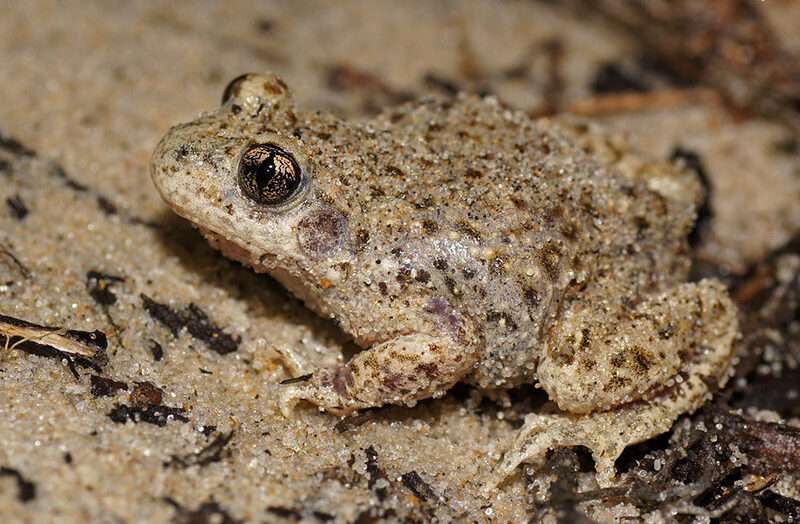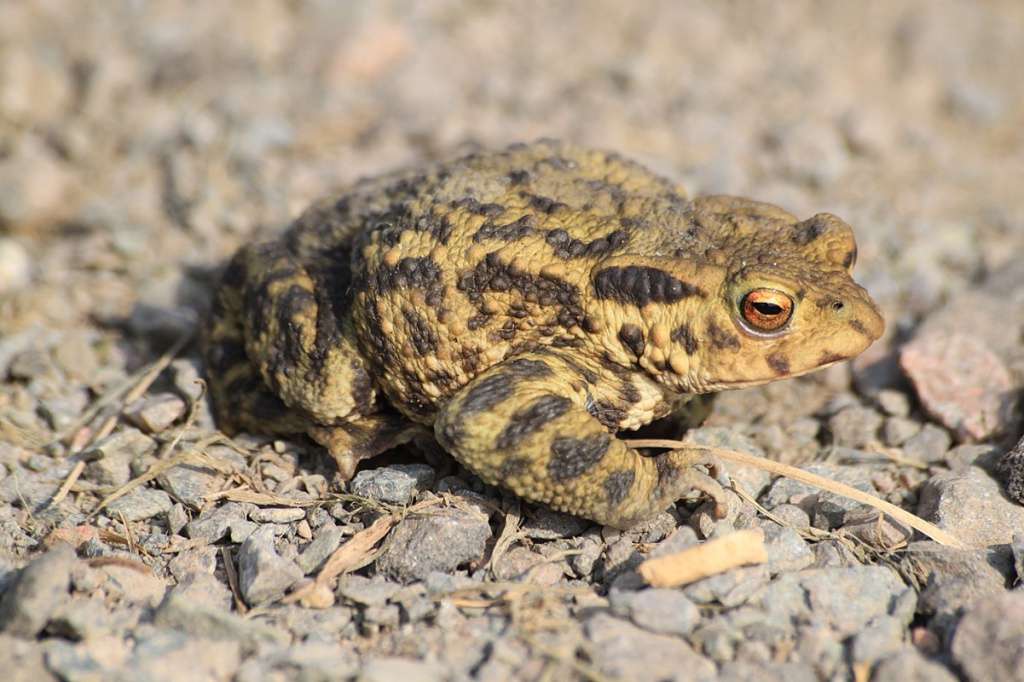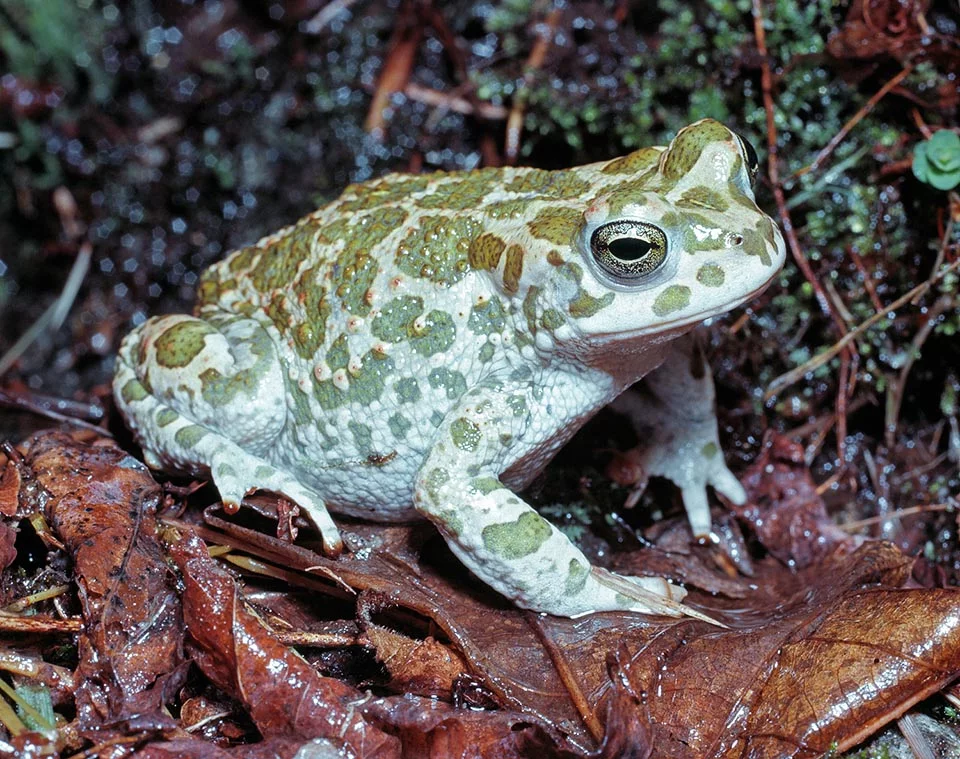
This species of midwife frog belonging to the Alytidae family is called the common midwife toad. Belgium, France, Germany, Luxembourg, the Netherlands, Portugal, Spain, Switzerland, and the United Kingdom are among the countries where it is present. The male toad holds the eggs until they are ready to hatch on his back and thighs, just like other members of its genus do. Its natural habitats include urban areas, arable land, pastureland, rivers, freshwater lakes, freshwater marshes, temperate deserts, and dry and temperate woodlands. Loss of habitat is a hazard to it.
Geographic Distribution and Habitat
In addition to the UK, these toads are found in southern Belgium, the majority of France, western and Luxembourg, the southeast Netherlands, north-central Germany, northern Portugal and Spain, and northwestern Switzerland. According to reports, people are dwindling, and in some places, like Portugal’s shoreline, they seem to have totally vanished.
Common midwife toads are predominantly terrestrial and can be found in a variety of environments, including semi-arid regions and temperate woodlands. In order to avoid drying out, they are frequently discovered lurking in the cracks of these buildings, beneath logs, or underground in previously used animal burrows. Breeding is the only activity requiring aquatic habitats. Ponds, slow-moving rivers, gravel pits, and other aquatic habitats, as well as a variety of others, are all suitable for breeding. Because larvae spend their winters in water, permanent waterways are preferred.

Physical Appearance
Common midwife toads are like frogs with stout bodies and warty skin that resemble toads, not “genuine toads.” These toads have lengthy toes that have a partially webbed base and short, unwebbed fingers. They have reddish warts all over their bodies, which are especially noticeable on the underarms, ankles and in a line running from the eardrum to the crotch. The colors of the body can range from light to dark, depending on the individual. It has an off-white tint on the underside. The dots on the chest and throat might be black, brown, olive, green, or gray, among other colors. Their big eyes have vertical slit-like pupils. The tympanum of the tiny parotid glands is primarily visible. There are three metacarpal tubercles on common midwife toads.
Diet
The majority of what these toads eat are insects and other arthropods. At dusk, they emerge from their burrows and start to forage on insects like harvestmen, beetles, caterpillars, woodlice, maggots, spiders, snails, slugs and millipedes. Before daybreak, they return to their hiding place after foraging. Common midwife toads have small, horny teeth for eating and sticky tongues for catching prey. Tadpoles consume water plants and other plant matter since they are herbivores.
Reproduction
Because of their unusual mating behavior, these toads have earned their common name. The males release the tadpoles when the eggs hatch into a body of freshwater while still carrying the eggs on their bodies. The male will release a liquid sperm mass, which the female will next fertilize by ejecting an egg mass. The individual is then wrapped in inseminated eggs around his ankles. The eggs hatch after 3 to 6 weeks, and the male then places the tadpoles into a tiny body of water.
Table





